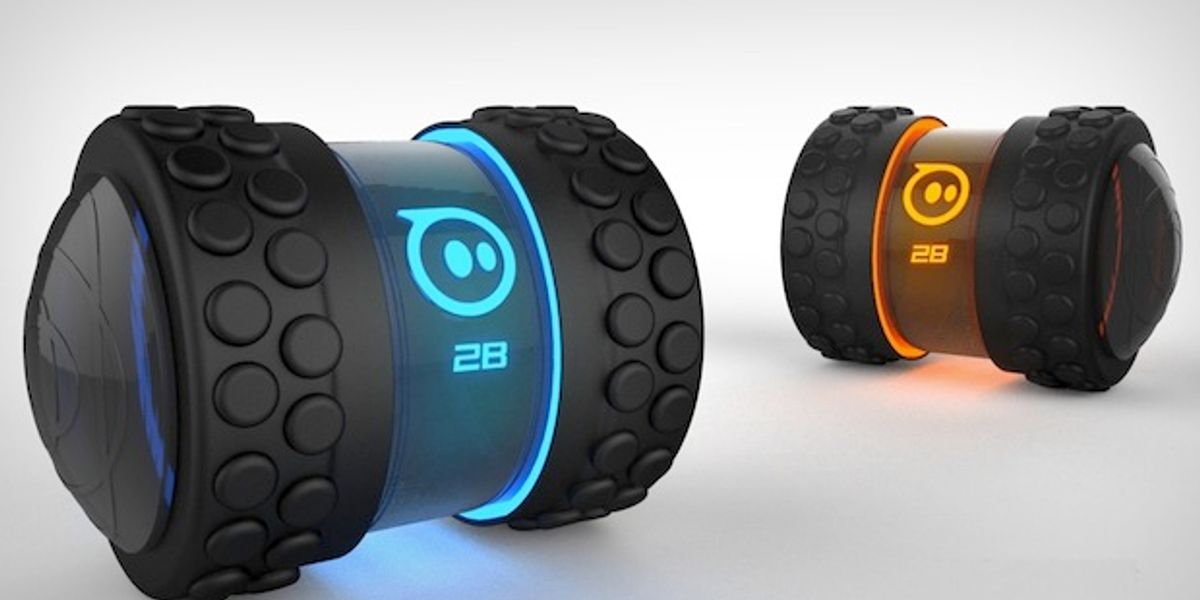RVR

RVR is a fast and nimble mobile robot shaped like an all-terrain tank. It's designed as a programmable platform for beginners, students, and hobbyists. You can drive it manually and program autonomous behaviors out of the box. You can also expand the robot using additional hardware.
- Creator
- Year
- 2019
- Country
- United States 🇺🇸
- Categories
- Features
Did you know?
The robot's name is pronounced either "R-V-R" or "rover."


Specs
- Overview
Controller uses high-resolution encoders, 9-axis IMU, and proprietary algorithms to drive perfectly straight, as well as turn and stop with high accuracy. Balanced center of gravity, wide stance for stability, mounting plate, removable protective rollcage. Payload of about 0.9 kilograms (2 pounds).
- Status
Ongoing
- Year
2019
- Website
- Width
- 21.6 cm
- Height
- 11.4 cm (2 cm body clearance)
- Length
- 18.5 cm
- Weight
- 1 kg
- Speed
- 7.2 km/h
- Sensors
Current-draw sensor, full 9-axis IMU (accelerometer, gyroscope, magnetometer), ambient light sensor, high-resolution 20-pole magnetic encoders, IR sensors, RGB sensors with normalizing LED and focus lens.
- Actuators
Two compact DC motors with gearboxes (22.5:1 gear ratio) and steel-reinforced axles.
- Compute
Control board with 5-V 2.1-A USB-A power and data. Four-pin UART expansion port (RX, TX, GND, 5V, with 3.3V signals), compatible with Raspberry Pi, Arduino, micro:bit, and more. Ten individually addressable RGB LEDs.
- Software
Programmable with Sphero Edu app. Open SDK, and third-party integration libraries for Raspberry Pi, Arduino, and BBC micro:bit.
- Power
Removable, rechargeable battery, with up to 2 hours of operation (depending on use). USB-C charging. 5-V 2.1-A USB-A output to power additional devices.
- Cost
- $200 (On Kickstarter. Shipping to customers in October 2019.)







